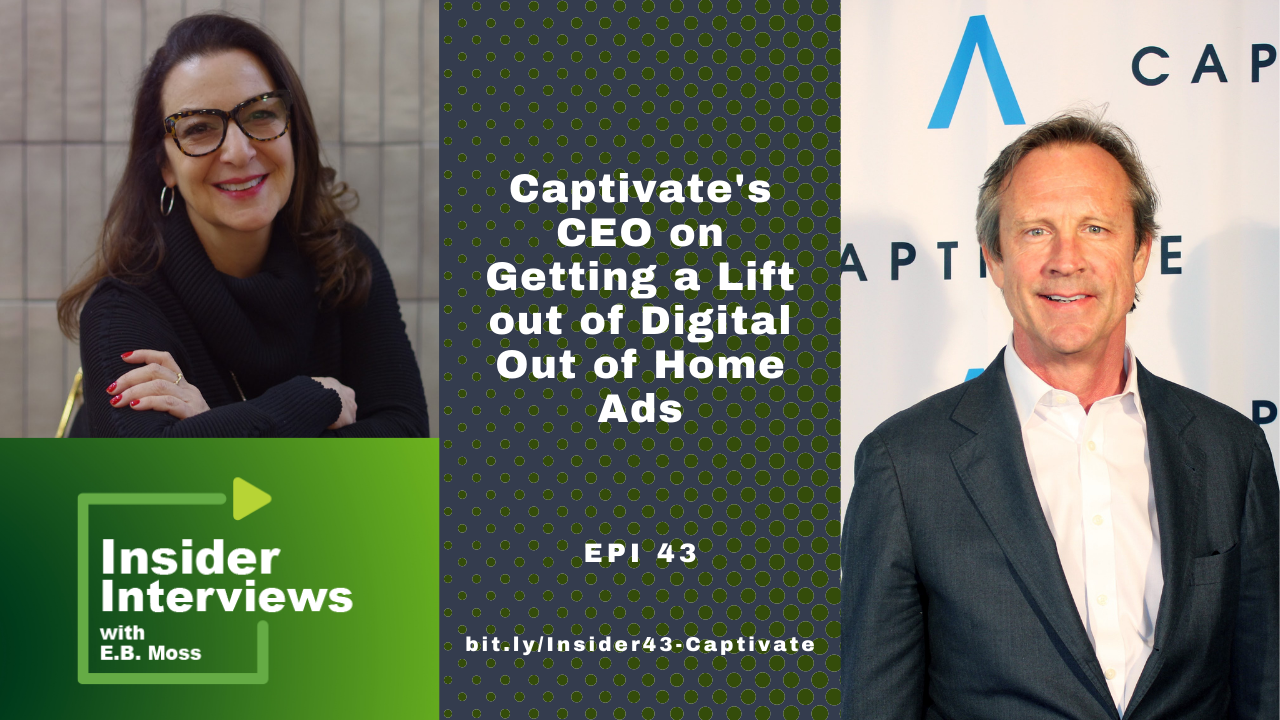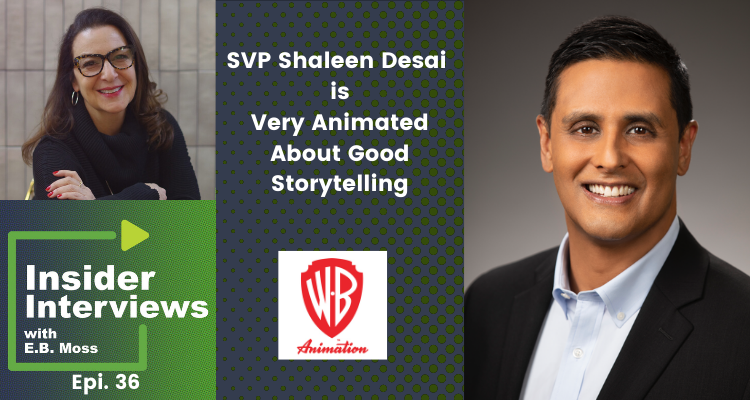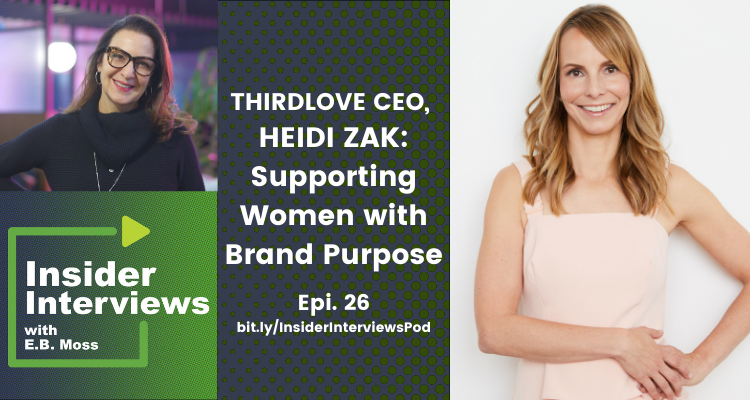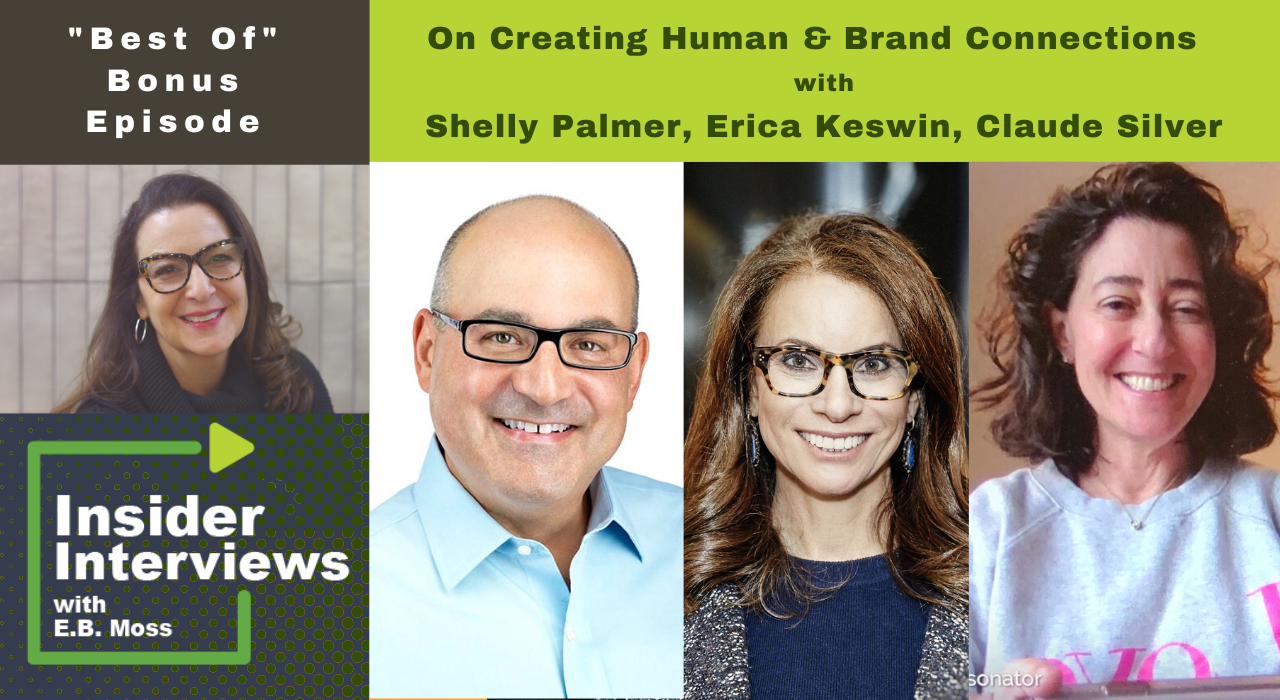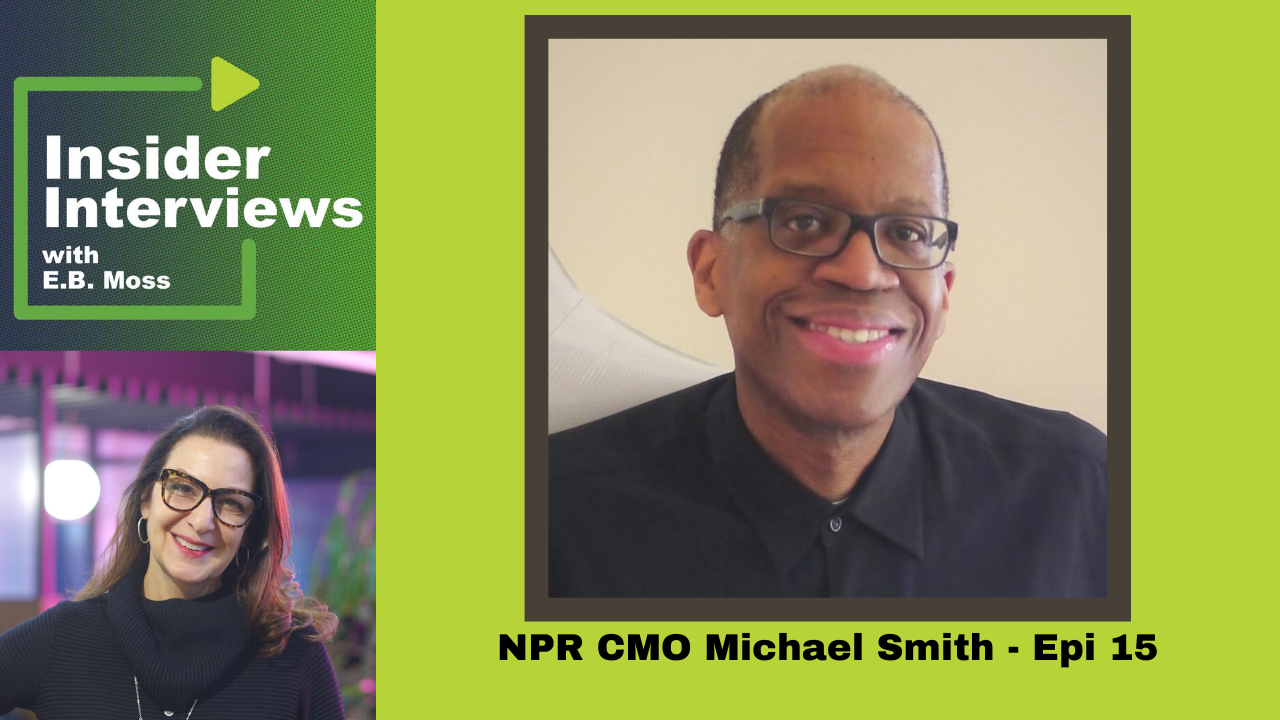How Elevator Advertising Survived 2021’s Ups and Downs
Podcast: Play in new window | Download (Duration: 30:56 — 42.5MB) | Embed
Subscribe or Follow Spotify | Android | Pandora | iHeartRadio | TuneIn | Deezer | RSS | More
Marc Kidd, CEO of Captivate, lost sleep thinking about the lost foot traffic in office buildings when the pandemic hit. After all, his company specializes in programming the video screens in elevators. But, this son of famed NCAA football coach, Roy Kidd (as in Roy Kidd Stadium), is not one to panic at fourth down. […]

